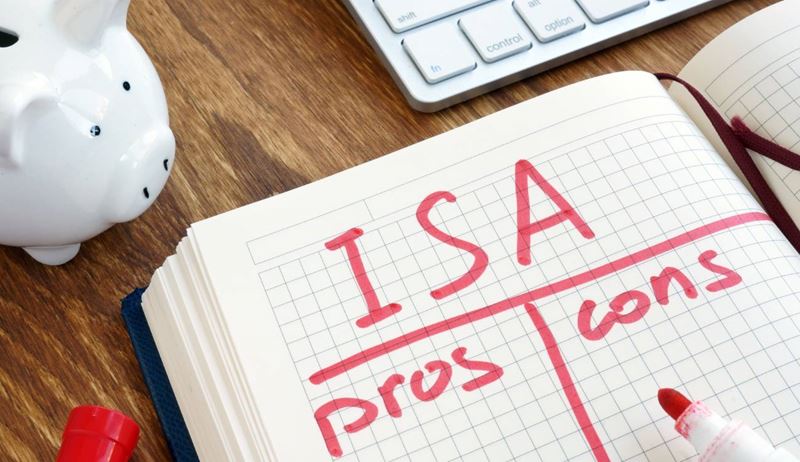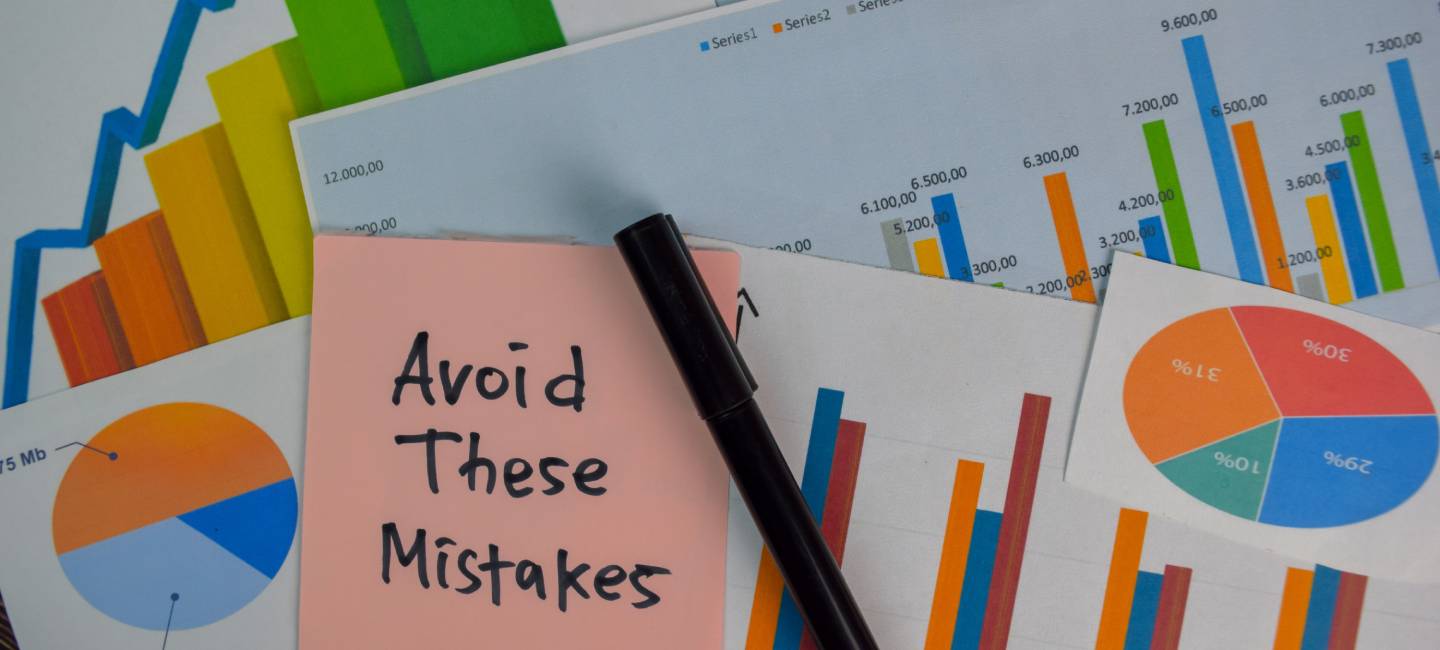

This article is for general guidance only and is not financial or professional advice. Any links are for your own information, and do not constitute any form of recommendation by Saga. You should not solely rely on this information to make any decisions, and consider seeking independent professional advice. All figures and information in this article are correct at the time of publishing, but laws, entitlements, tax treatments and allowances may change in the future.
Since they were introduced in 1999, ISAs have become a popular way to save. In 2022/23 we collectively paid into as many 12.4 million adult accounts. Around 8 million of those were cash ISAs, double the number of stocks and shares ISAs (although the total value of funds held in stocks and shares ISAs was higher).
But while cash ISAs undoubtedly provide a sensible home for your savings, if you’ve got money that you won’t need in a hurry, you may be able to make it work harder by adding a stocks and shares ISA into the mix.
What’s on this page?
While a cash ISA shelters the interest you earn on your cash savings from tax, stocks and shares ISAs keep your stock-market linked investments out of reach of the taxman. This can include numerous types of investments, including mutual funds, investment trusts and ETFs, as well as stocks and shares.
Antonia Medlicott, founder of the website Investing Insiders, says: “Even though ISA stands for Individual Savings Account, a stocks and shares ISA is actually an investment account rather than a savings account. It is designed to help you gain returns on your deposits via the stock market.”
When your investments are held in an ISA you won’t need to pay any tax on dividends, or capital gains. And you don’t have to lose access to your money either. Each year you can invest up to £20,000 into ISAs tax-free. You can pay into both a cash and a stocks and shares ISA if you wish (or even the less common innovative finance ISA if you want to invest in peer-to-peer lending).
Alice Haine, personal finance analyst at DIY investment platform Bestinvest, says: “Remember this is a ‘use it or lose it’ allowance as it does not roll over until the next tax year. So, either a saver utilises their £20,000 ISA allowance in full this tax year, or it expires at midnight on April 5 and any unused allowance will be lost forever.”
Investors can either make lump sum investments or regular contributions throughout the tax year. “Provided they have a flexible stocks and shares ISA, you can also add and withdraw money throughout out the year, as long as you don’t go over the annual allowance,” she adds.
Although money held in cash ISAs is safe, it’s not necessarily risk-free. Sarah Coles, head of personal finance at Hargreaves Lansdown says: “Cash can lose value over the long term after inflation. When you see interest being paid into your account, it can feel like you’re getting better off, but if your savings aren’t keeping pace with inflation, you’re actually seeing the spending power of your savings erode over time.
“This was something that hit savers particularly hard during the cost-of-living crisis, when runaway inflation took a real toll on savings.”
When you invest in the stock market, the value of your investment will rise and fall in the short-term. However, over the longer term (five years plus), it offers much more growth potential than cash. Medlicott says: “Investing is widely considered to be one of the most efficient ways to grow your money. While interest on UK cash ISAs is currently topping out at around 5%, yields from investments have historically been far higher. Over the past 20 years, the S&P 500 index [the index of the largest US companies] has delivered an average annual return of around 9.5% (inclusive of dividends reinvested).”
Before you consider opening a stocks and shares ISA, it’s important to think about your attitude to investment risk. Although the potential for growth is better than with cash, returns are not guaranteed and investments can go down as well as up. But Medlicott says investing in the stock market shouldn’t automatically be regarded as risky.
“Investment education is dire in the UK. That lack of education has meant that too many people mistakenly see investing as an option that is ‘too risky’ for them. What they’re probably not aware of is that there are degrees of risk, and ways to mitigate those risks.”
For example, by ensuring you have a balanced portfolio of investments, with money invested across cash, stocks and shares and bonds, it’s possible to control risk. Stock market investments can be diversified too.
She adds: “Market turbulence is rarely felt equally across all sectors and geographies. Portfolios that hold a good balance of assets, therefore, won’t be subject to the same level of risk as ones that are concentrated entirely on one sector.”
More cautious investors should also note that it’s also possible to hold cash and cash-like investments within a stocks and shares ISA. “We’ve seen a huge growth in money market funds over the past few years. That’s because these are relatively low-risk mutual funds that provide a more stable, reliable option. These might be well-suited to those who are looking to meet shorter-term growth objectives, for example, wanting to save for a once-in-a-lifetime trip.”

A stocks and shares ISA won’t be right for everyone. However, if you have enough money set aside for emergencies and known expenditure in the next five or so years, it might be worth considering paying some money into the stock market and using the ISA structure to shelter your returns from tax.
Coles says that stocks and shares ISA can suit numerous types of saver. “For someone investing for the first time, it’s a straightforward way to get started without having to think about tax. For those with larger portfolios, assets outside an ISA start to attract considerable tax, so an ISA protects them.
“For someone planning for retirement it makes sense to have an ISA alongside a pension, so you can balance income in retirement, to ensure it is tax-efficient.” (This is because income taken out of ISAs is tax-free, while pension income is taxable.)
However, when it comes to working out how to use this year’s ISA allowance, Coles stresses it doesn’t have to be an either/or decision. “Cash and stocks and shares ISAs are useful for completely different things,” she says. “Your cash ISA can be an easy-access account for emergencies, or a fixed-rate account for spending a couple of years down the track.” A stocks and shares ISA, on the other hand, can be used to save for financial goals that are five or 10 years down the line, or to boost your retirement finances.
“The balance will depend on your time horizon, risk profile and objectives, but the majority of people should consider a mix of both,” she says.
You can open stocks and shares ISAs in lots of different ways. Many banks and building societies sell them, as well as investment advisers and financial companies. Online investment platforms may offer more investment choice, if that’s what you want. You can also buy through a financial adviser or financial planner.
You can open and/or subscribe to more than one stocks and shares ISA in the same year, though there may not be any benefit to doing this (unlike with cash ISAs where you might, for example, want a fixed-rate ISA as well as an easy-access ISA.)
These are the key things to think about to help you decide which one to choose:
1. How much control do you want? Do you want to choose specific funds, bonds or shares yourself, or would you rather someone else did it for you?
2. If you want to choose your own investments, how much choice do want? Some providers cover more of the market than others.
3. What are the charges? Look at the platform fees, fund charges, trading charges, foreign exchange fees and exit fees. Many will also have a minimum amount that you need to open the account with.
There’s much more detail in our piece on how to choose the right investment platform.


With our Stocks & Shares ISA and General Investment Accounts. Capital at risk.

Get the latest news on potential ISA changes expected in the autumn 2025 Budget.

Learn how to make portfolio reviews a rewarding part of your investing journey.

Discover 20 simple, practical steps to ensure you pay less tax on your money.
.jpg?la=en&h=354&w=616&hash=1254A3F816E81965A47EA68E3AEC9F7A)